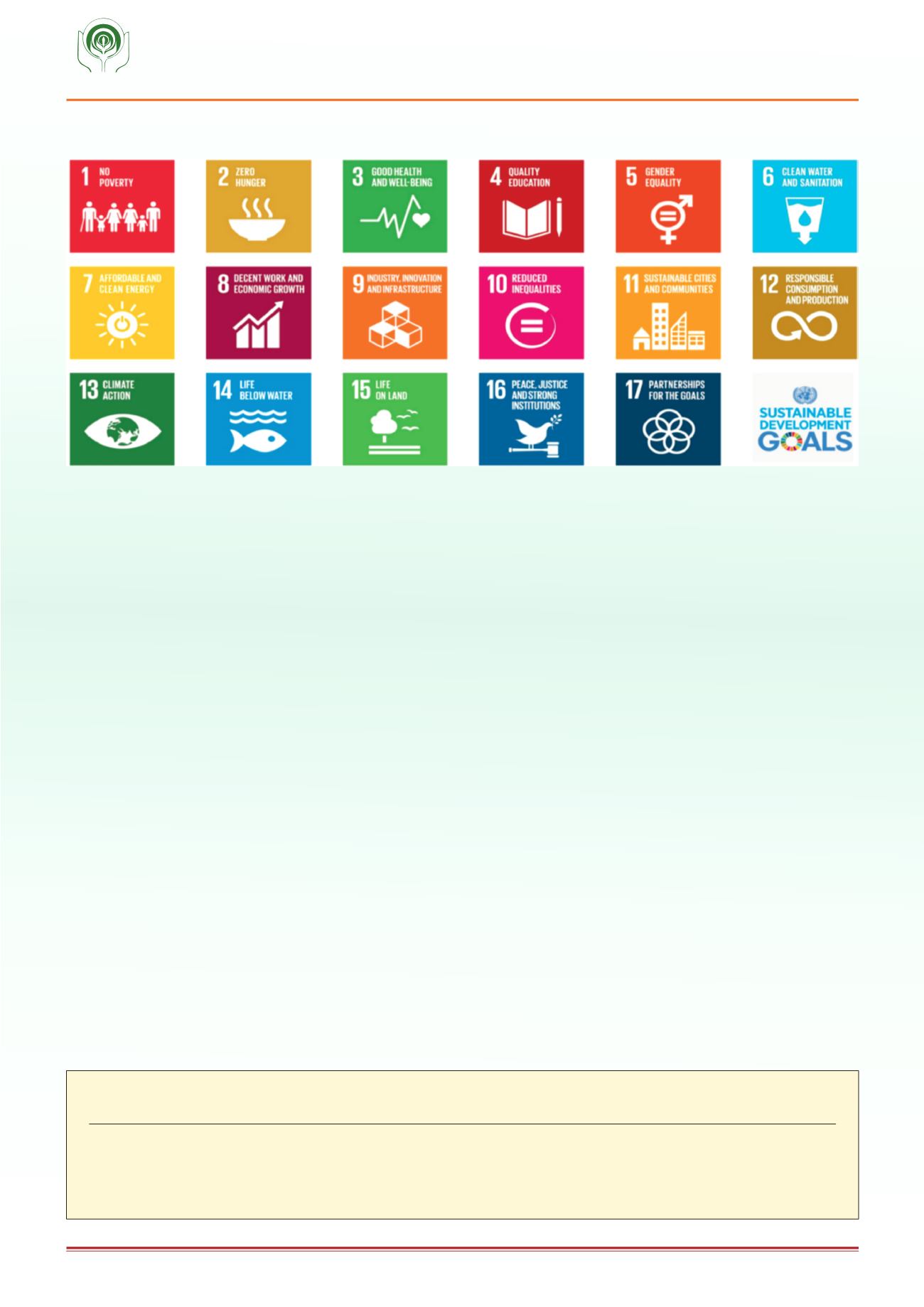
4
Department of Economic Analysis and Research
Rural Pulse
Issue - XVIII, Nov. - Dec. 2016
NABARD
Publisher :- Shri M. V. Ashok, CGM, Department of Economic Analysis and Research (DEAR), NABARD, Head Office: Plot No. C-24,
‘G’ Block, Bandra-Kurla Complex, Bandra (E), Mumbai- 400051
Disclaimer: “Rural Pulse” is the publication of the Bank. The opinions expressed in the publication, are that of the Research Team and do not necessarily
reflect those of the Bank or its subsidiaries. The contents can be reproduced with proper acknowledgement. The write-up is based on information & data
procured from various sources and no responsibility is accepted for the accuracy of facts and figures. The Bank or the Research Team assumes no liability,
if any, person or entity relies on views, opinions or facts & figures finding place in the document.
email ID :
www. nabard.org.
states considered to be developed like Maharashtra,
Andhra Pradesh (including Telangana) and West
Bengal also had presence as backward in majority of the
committee reports.
Common features of the backward districts
22. The general features of the most backward districts
are ‘no linkage’ to national highways or road networks,
and lie in the Naxal belt that stretches from Bihar
to Andhra Pradesh. Concentrated in the north and
eastern region, these districts are not drought-hit but
flood prone. Typically, most of these lack irrigation
development. Neither can they boast of any industrial
growth. These districts are the worst performers both
in school enrolment and literacy. Due to low literacy,
there is high infant mortality and lack of immunisation.
In a sense, these districts provide a ghastly sight of both
the cause and the effect of deprivation.
23. Analyses of these districts indicated that despite so
many development programmes with special focus, many
of the districts continue to remain backward even today.
Policy Concerns
24. There is a need for tailor made strategy for each
district based on socio-economic conditions. The first
step would be to examine each district and formulate
plans with people’s participation. Further, considering
the evoluation of the parameters, the backwardness
of a district or an area can be classified based on
endowments or environments – soil type arid and
semi-arid, chronically drought prone, desert areas,
tribal areas, hilly areas, chronically flood affected,
chronically saline affected, etc. In addition, education
levels among SC/STs, girls enrolment in schools,
infant mortality rate, maternal mortality rate, related
parameters, percentage of area under irrigation,
percentage of scheduled caste and tribe population,
percentage of urbanisation, density and connectivity of
road and rail networks, and other social infrastructure
like availability of water, toilets, financial services,
incomes - both Gross Domestic Product (GDP) and
per capita income, agri credit to agri to GDP ratio,
internet penetration, mobile density, employment
provided through MGNREGA, workers engaged in
off farm activities, waste disposal, environmental
quality and effects of climate change, welfare pensions,
coverage of public distribution system (by household
coverage), quantity, quality and items, grievance
redress mechanism present, crime rate, etc., need to be
considered for arriving at backwardness of the district.
Reliable data on most of the parameters is not available
at district level. Therefore, the immediate need is not
only strengthening the data collection andmanagement
system at district level but also consolidate the same at
one place to be used by all departments so that district
selection for focussed development would be easier.
Diagram 1 – Sustainable Development Goals


